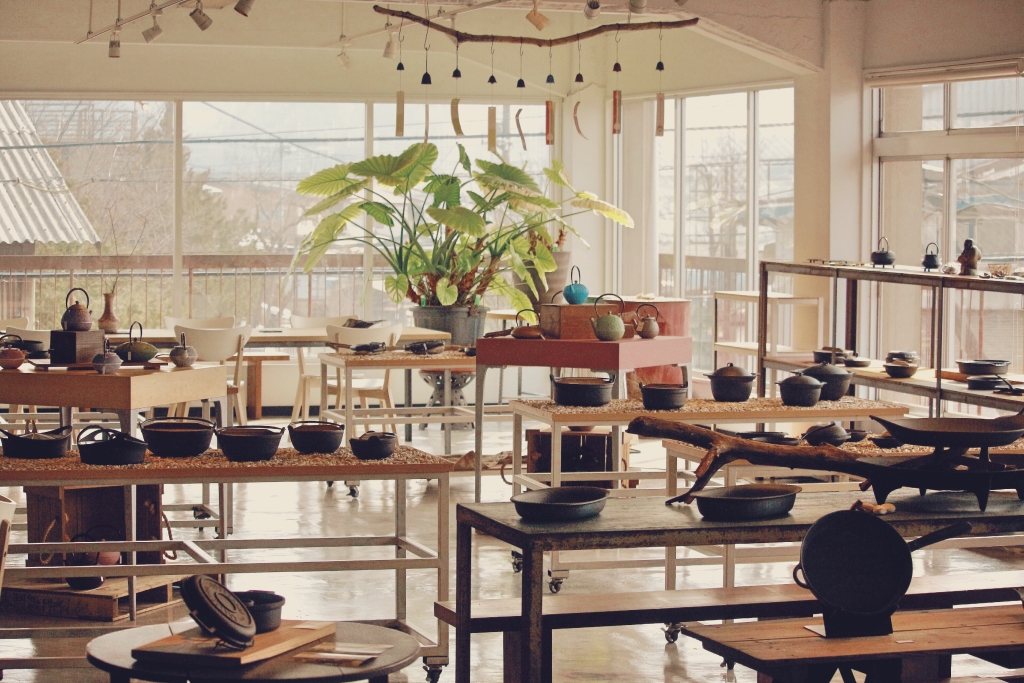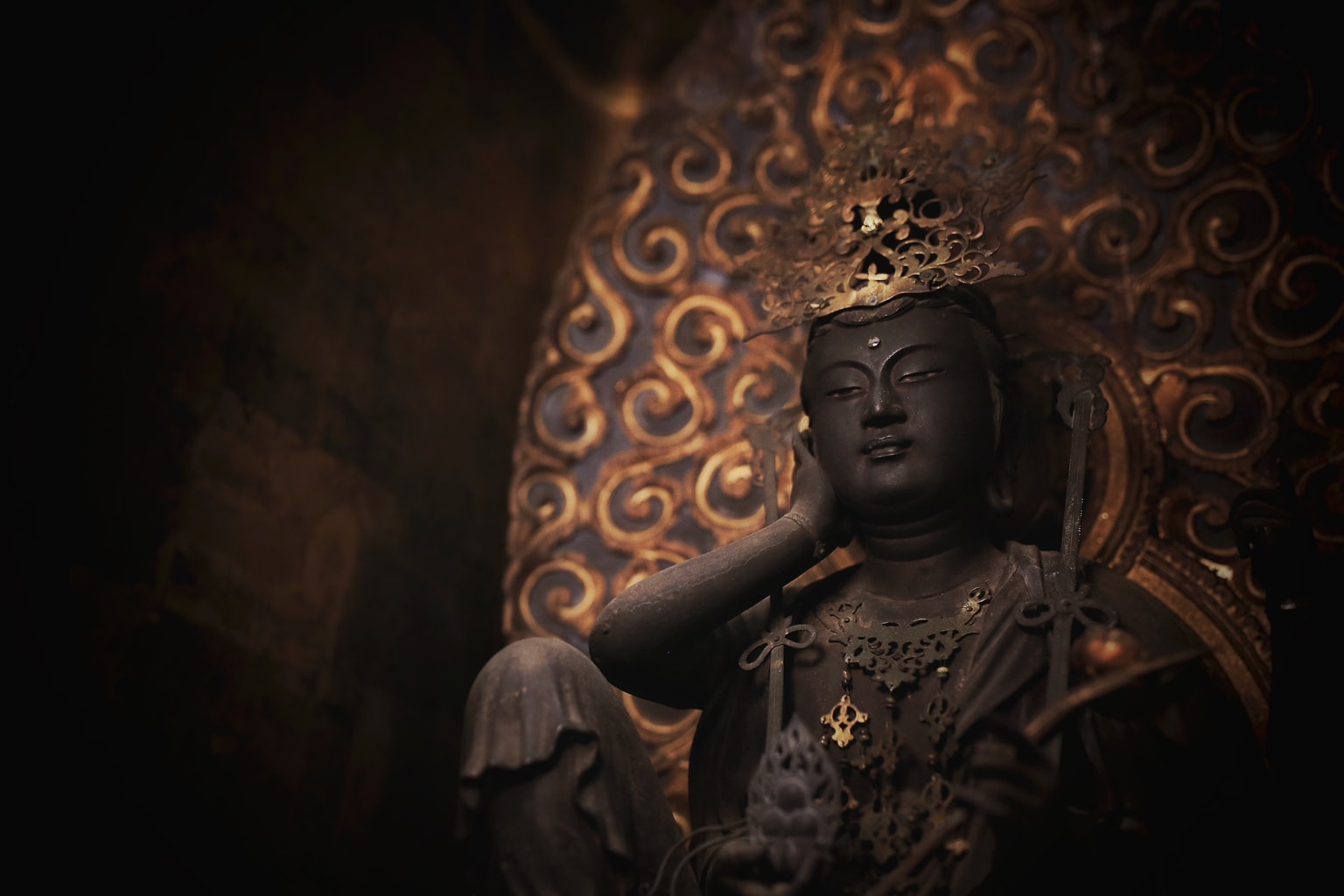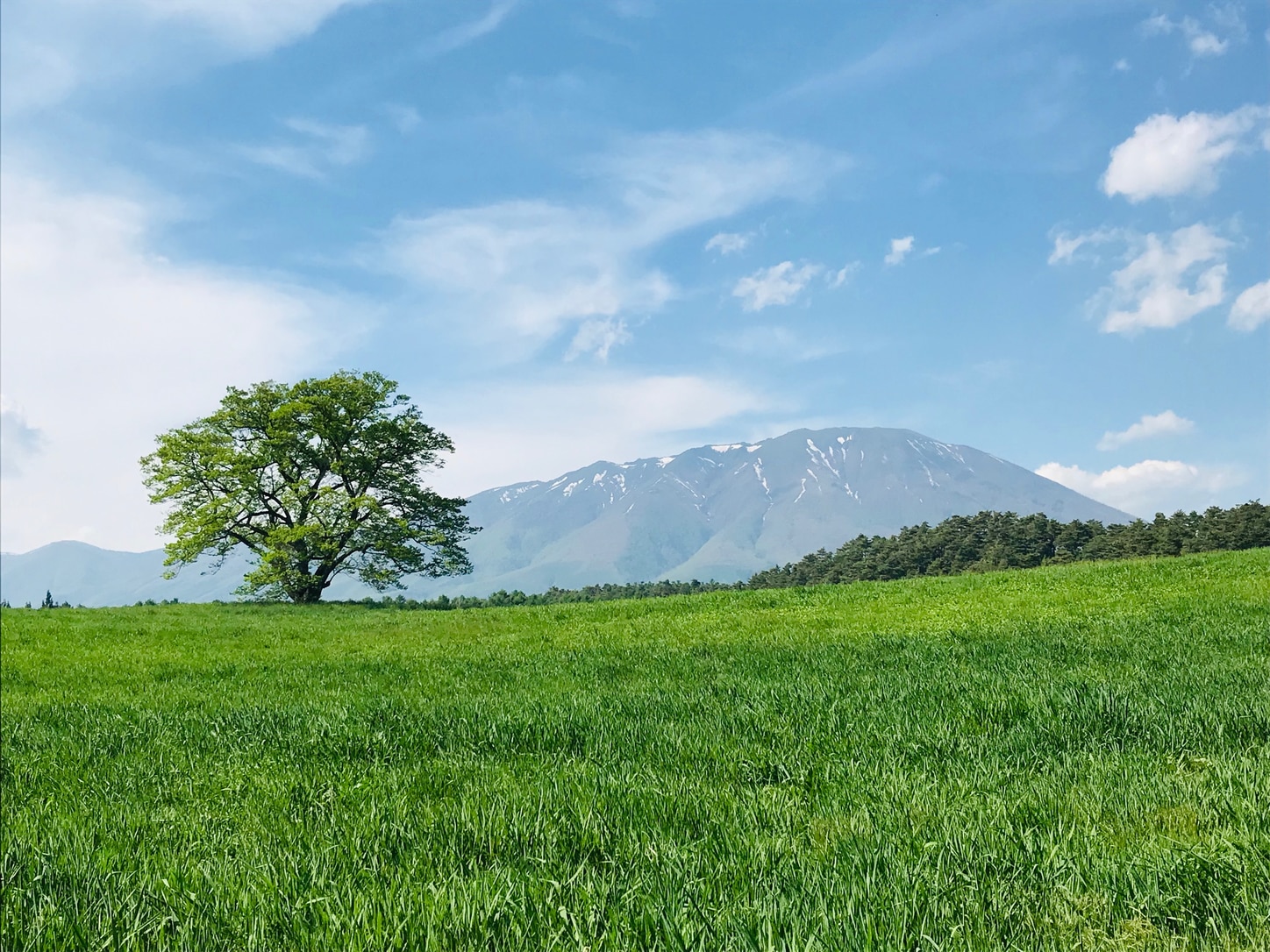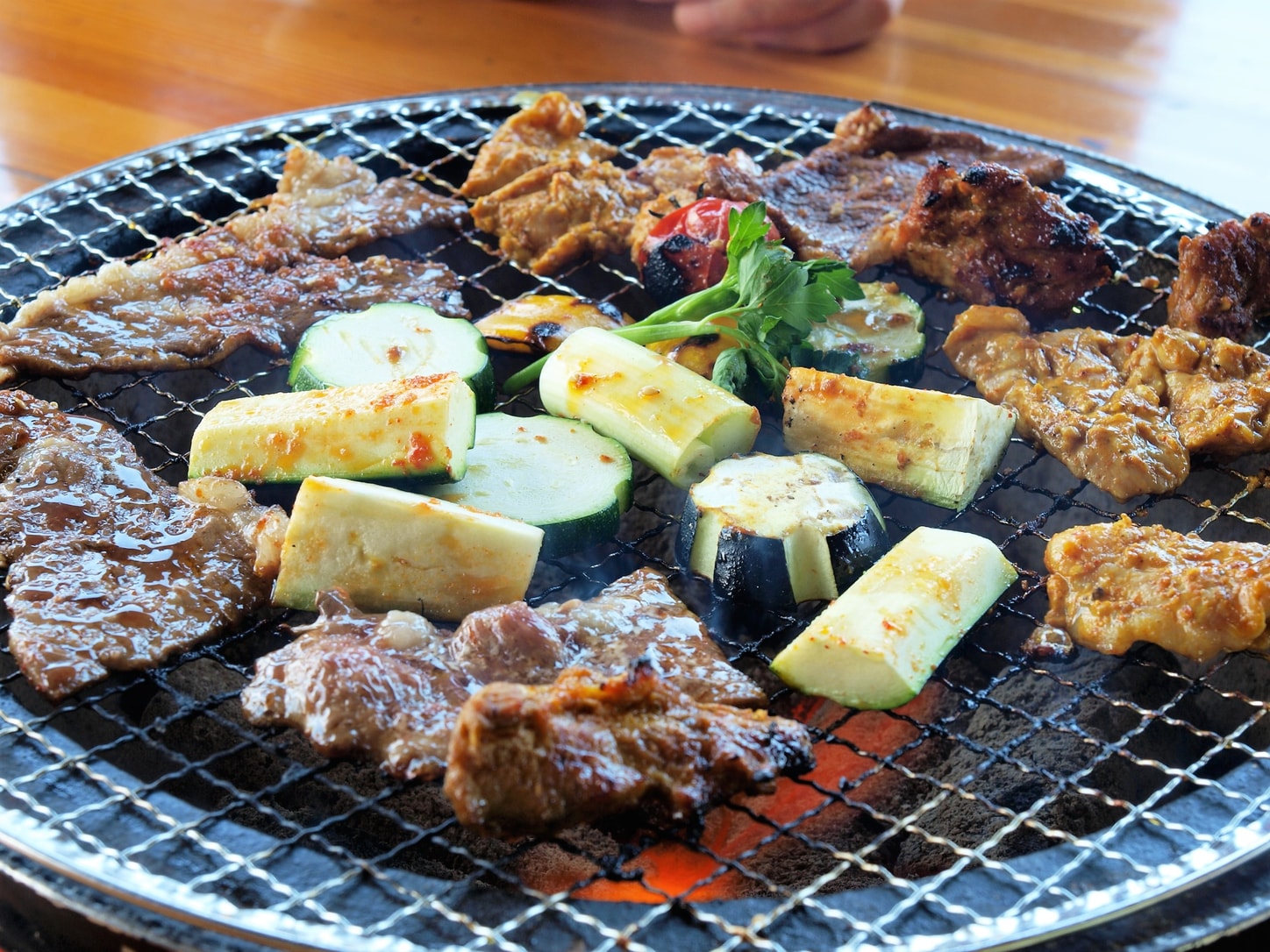Hopping on the bullet train and traveling two hours north of Tokyo will take you to Tohoku, a group of six prefectures in northern Japan known for its vast national parks, fall colors and variety of Japanese sake to keep warm during the cold winter.
Located between Aomori and Miyagi prefectures, Iwate is the second largest prefecture in Japan. Kamaishi, a coastal town in the south-west of the prefecture, figured among the host cities of the 2019 Rugby World Cup. This was especially significant to the victims of the 2011 Tohoku Earthquake, who had spent the previous years recovering from the disaster, and the event was seen as rejuvenation of Iwate as a prime destination for both national and international travelers. In addition to all the Tohoku staples, Iwate offers a dozen regional specialties to discover, ranging from metal and lacquerware to delicious noodle dishes.
Because of its many mountains and farmlands, it is recommended to travel the prefecture by car. Do consider a highway bus tour to be certain to hit all the must-see places, all while getting around efficiently and comfortably. And a well-appreciated bonus: You’ll get to see the best sights of Iwate’s mountainous landscapes.
A Rich Community of Craftsmen
Tohoku is often the go-to region for those wanting to spend their time outdoors. Both the Towada Hachimantai and the Sanriku Recovery national parks expand into Iwate and are popular starting points for trekking enthusiasts. Because it is easy to get lost in all that nature, it isn’t rare that travelers unintentionally skip on the prefecture’s rich community of local artisans. If you can afford to, spend an extra day learning more about the passionate and hardworking craftsmen of the area. A one-stop shop is the Morioka Handi-Works Square. Sign up for hands-on experiences and workshops including pottery, lacquerware, bamboo weaving and cooking. Prices vary, but all classes fall under ¥3,000. The village also has a souvenir shop where you can browse and purchase locally made trinkets if you’re looking to take home a little piece of Iwate.
Being surrounded by mountains rich with minerals, the prefecture is also one of the biggest producers of Japanese ironware, specifically Nambu tekki. This local craft, which is said to have started sometime in the 17th century with the Nambu clan, remains one of the most important exports today. Nambu tekki gained its reputation for its durability and quickly acquired the title of premium cast iron in Japan and abroad. The most produced item is the cast iron teapot, which was often commissioned to perform Japanese tea ceremonies in other parts of Japan.

Recently some companies have expanded their range to accommodate a more 21st-century way of living. Oigen is one of them, creating affordable and user-friendly ironware for the modern home cook. With a wide selection of cast iron frying pans and pots, some of which even work on IH stovetops, it is the perfect place to find cookware that lasts a lifetime and a much-recommended place to pop by during your Iwate trip. Other items on the shelves include chopstick rests, outdoor decorations and more.
Farm-to-Table Culture
While in the countryside, live as the locals do and see where your food comes from. Farm tours are increasingly popular in Japan, and Iwate is no exception. They are a great way to support Japanese producers and assure the food you eat is as fresh as it gets. In 2012, Iwate was the second-largest producer of agricultural goods in Tohoku, so it is definitely an industry that is flourishing and adding a farm to your travel plans is a great way to learn more about it.
Located just a little outside Morioka city is Koiwai Farm, also affectionately nicknamed the “miracle farm”. Around 200 years ago, the area was covered in volcanic ash and the land wasn’t able to grow anything for a little bit but local farmers managed to restore it back to health. Today, it serves as a place to educate visitors about the farming industry in Iwate. Activities include riding horses, taking a tour in a horse-drawn buggy and see the farm dog herd cattle. No matter when in the year you are traveling, you can be sure to find spectacular views of the mountains around the area here. Visitors can also enjoy meals using ingredients sourced on-site, from yakiniku to soft-serve ice cream. In the winter, you can also enjoy a warm meal in Kamakura igloos, an experience unique to Tohoku.
If you’re looking for a more traditional Japanese dining experience, you can enjoy Iwate beef at Ushi no Sato, a famous restaurant in Oshu city known for its multiple course dinners. Indulge in the best quality beef with seasonal vegetables seasoned and paired to perfection. And in true Tohoku fashion, make sure to order a bottle or two of nihonshu.
About JR Bus Tohoku Sightseeing Bus Tours
Make your Japan travel plans easy and efficient by booking a JR Bus Tohoku sightseeing bus tour. Offering a handful of tours in the region of Tohoku, you can make the most of your time in northern prefectures, including Iwate and Aomori.
Travelers can choose from two courses to discover Iwate Prefecture, starting at ¥3,000 and ¥4,400 per person. Each course is designed to showcase one key facette of the prefecture, all while giving participants time to enjoy their days in Iwate. It is a great addition to a weekend getaway from Tokyo. For more information, visit the Japan Bus Online website here.
Sponsored Post











